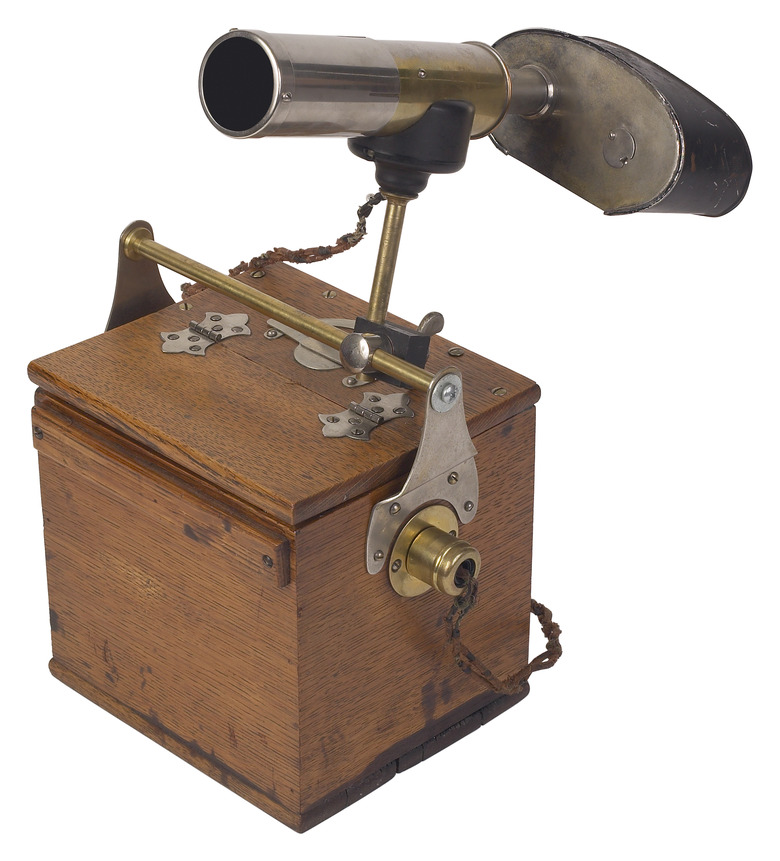Operating Principles Of Pyrometers
The pyrometer device measures surface object temperatures without making contact with the object. Objects can emit thermal radiation. The pyrometer device picks up these waves of radiation and measures them since heat can produce proportional waves of radiation. Pyrometers have a variety of applications, including metallurgy, steam boilers, hot air balloons and salt bath furnaces, among others. The pyrometer device can also be called a radiation thermometer, and you may use the terms interchangeably.
Basic Design
Basic Design
The basic pyrometer, though it comes in a variety of models and types, has two basic components. It consists of optical systems and detectors. A pyrometer's optical system will focus on the energy emittance of an object. It sends radiation to the detector, the component very sensitive to waves of radiation. The detector then outputs data on the radiation, notably the temperature of the object from which the radiation came. The detector gets its temperature by analyzing the energy levels of the radiation, which is directly proportional to its temperature.
Other Types of Pyrometers
Other Types of Pyrometers
Infrared pyrometers, also known as infrared thermometers, carry the same design principles as the basic pyrometer. One notable distinction, however, is that these types of pyrometers cam measure radiation energy from a greater distance. They do this by measuring wavelengths between the range of 0.7 and 20 microns. Optical pyrometers work by using a filament inside the pyrometer device. The user determines the temperature by matching the color of the object with the color of the filament.
Pros and Cons
Pros and Cons
As with any device, pyrometers have pros and cons. They are usually compared with thermometers that make contact with an object. This is the first pro of the pyrometer device; it can measure temperatures of objects without having to make contact with them. Different models can measure objects' temperatures from varying distances. Pyrometers are also generally rugged. The pyrometer device, however, is expensive to produce, and this is one of the cons. Another con is that it does not work in dusty conditions.
Applications of Pyrometers
Applications of Pyrometers
Since pyrometers measure objects from a distance, you'll find it is most beneficial to use them for objects dangerous to touch with standard thermometer devices, or for objects that are out of reach or moving. You can use pyrometers in metallurgy operations, including smelting. Steam boilers employ the device by installing it within a superheater and measuring steam temperatures. Hot air balloon operators use pyrometers to measure the heat at the top of the balloon to ensure that the fabric is not overheating.
Cite This Article
MLA
Asta, Jean. "Operating Principles Of Pyrometers" sciencing.com, https://www.sciencing.com/info-8728275-operating-principles-pyrometers/. 7 August 2017.
APA
Asta, Jean. (2017, August 7). Operating Principles Of Pyrometers. sciencing.com. Retrieved from https://www.sciencing.com/info-8728275-operating-principles-pyrometers/
Chicago
Asta, Jean. Operating Principles Of Pyrometers last modified March 24, 2022. https://www.sciencing.com/info-8728275-operating-principles-pyrometers/
